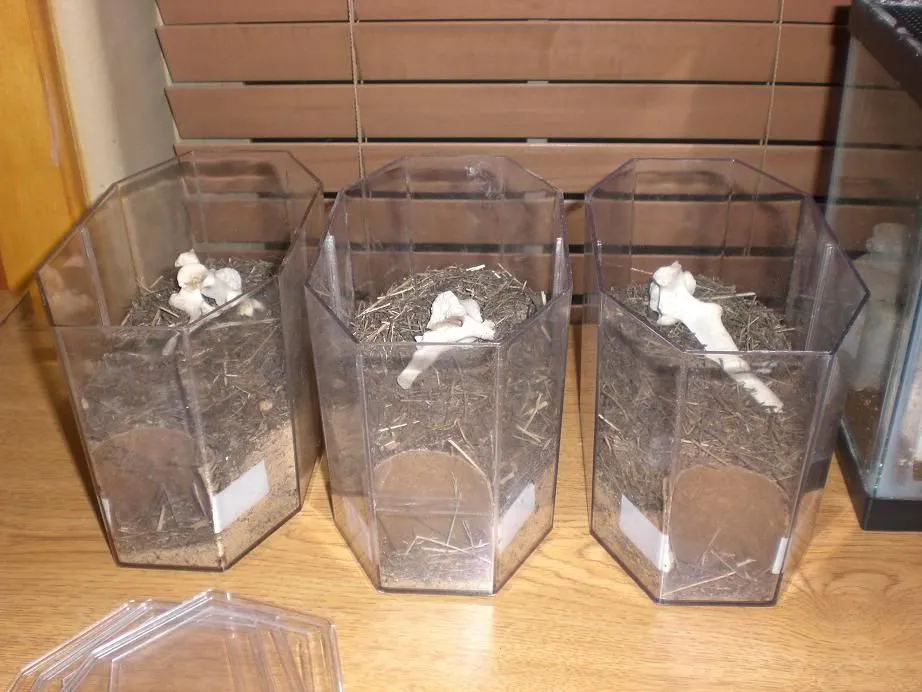Understanding Tarantula Substrate Needs
Creating the ideal environment for your tarantula is essential for its health and well-being. A critical component of this environment is the substrate, the material that lines the bottom of its enclosure. The right tarantula substrate mix provides a comfortable, safe, and functional space for your pet, supporting its natural behaviors and helping it thrive. This comprehensive guide will walk you through everything you need to know about tarantula substrate, from the essential components to creating the perfect mix and maintaining it properly. A well-chosen substrate mix supports essential activities like burrowing, molting, and maintaining proper humidity levels, all crucial for a healthy tarantula.
Why is Substrate Important for Tarantulas?
The substrate serves multiple vital functions for tarantulas, going far beyond simply providing a surface to walk on. It acts as a humidity regulator, absorbing and releasing moisture to maintain the ideal humidity levels for your tarantula’s specific needs. The substrate also provides a sense of security, allowing tarantulas, especially terrestrial and burrowing species, to create burrows and hideaways. This natural behavior is crucial for their psychological well-being. Additionally, the substrate assists with molting, providing a surface for the tarantula to grip and shed its exoskeleton. Finally, a good substrate mix should also help to regulate the temperature within the enclosure, creating a stable environment.
Benefits of Proper Substrate
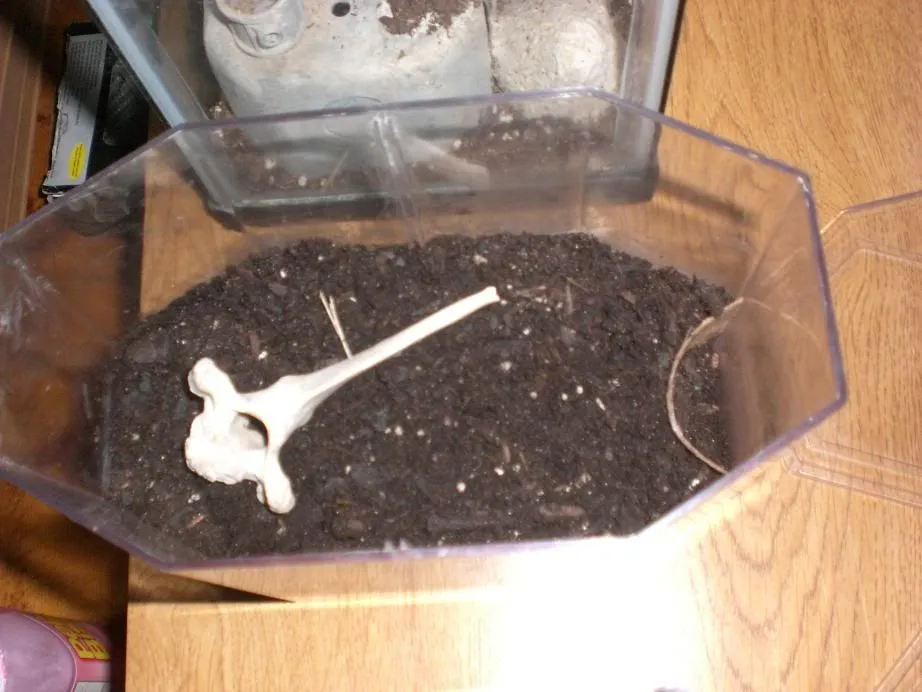
A well-chosen substrate offers several advantages for your tarantula. It helps to prevent dehydration by maintaining optimal humidity levels, crucial for their health and molting process. It provides a naturalistic environment that reduces stress and promotes natural behaviors such as burrowing and hiding. A good substrate will also make it easier for your tarantula to successfully molt, reducing the risk of molting-related complications. Furthermore, it can help to control odors within the enclosure and provide a more aesthetically pleasing environment for both you and your pet.
Risks of Improper Substrate
Using the wrong substrate or improperly maintaining it can lead to a host of problems for your tarantula. Incorrect humidity levels can cause dehydration or respiratory issues. Substrates that are not absorbent enough may not allow the tarantula to molt properly, which may be fatal. A poorly maintained substrate can also become a breeding ground for mold and mites, which can be harmful to your tarantula’s health. Additionally, an unsuitable substrate may not allow the tarantula to exhibit natural behaviors, leading to stress and potentially impacting their lifespan. Therefore, selecting and maintaining the correct substrate is crucial.
Essential Components for a Tarantula Substrate Mix
The best tarantula substrate mixes typically combine several components to provide the ideal environment. While the specific needs vary slightly depending on the species, a few key materials are essential for most tarantulas. These materials contribute to moisture retention, drainage, burrowing ability, and overall environmental health. It’s often beneficial to experiment with different mixes to find what works best for your specific pet and enclosure setup. Common components include coconut fiber, sphagnum moss, and topsoil, each with its unique properties that contribute to an ideal substrate environment.
Coconut Fiber
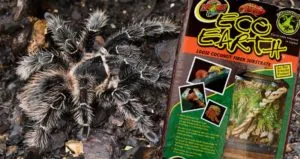
Coconut fiber, also known as coco coir, is a popular and effective substrate component. It’s made from the husks of coconuts and is readily available in compressed bricks or loose form. Coconut fiber is a highly absorbent material, making it excellent for maintaining humidity levels in the enclosure. It also provides a good texture for burrowing, particularly for terrestrial species. Its natural properties can also help to control odors, creating a fresher environment for your tarantula.
Benefits of Coconut Fiber
- Excellent moisture retention, helping to maintain proper humidity.
- Provides a good medium for burrowing and anchoring.
- Natural odor control properties.
- Readily available and relatively inexpensive.
- Eco-friendly and sustainable.
Considerations when Using Coconut Fiber
- Can sometimes retain too much moisture if not mixed properly, leading to mold.
- May need to be pre-moistened to achieve the desired humidity levels.
- Some brands may contain salts that need to be rinsed out before use.
- Can be dusty, so rinse to minimize potential respiratory issues.
Sphagnum Moss
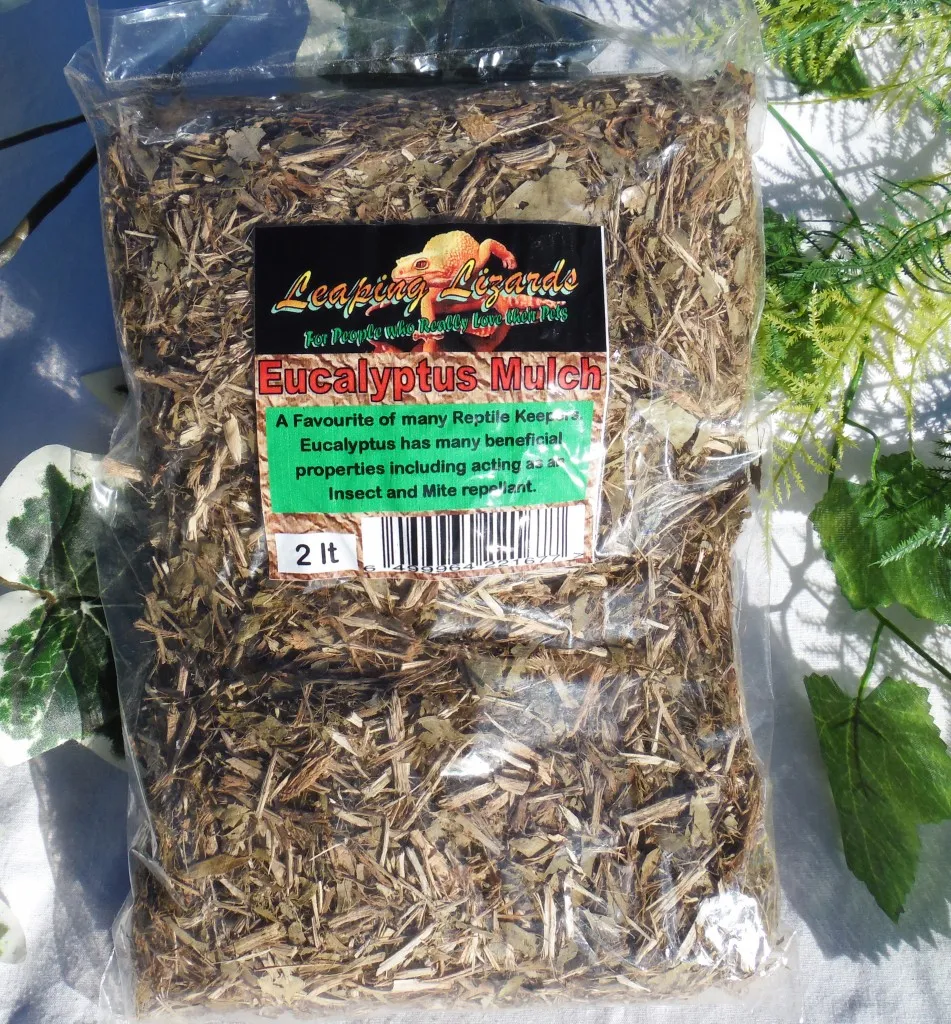
Sphagnum moss is another excellent addition to your substrate mix, particularly for species that require higher humidity levels. This type of moss is very absorbent, capable of retaining a significant amount of moisture. It provides a natural and aesthetically pleasing environment, making it an attractive addition to any tarantula enclosure. Sphagnum moss can also aid in maintaining humidity gradients, and help to create microclimates within the enclosure, which is beneficial for many tarantula species.
Benefits of Sphagnum Moss
- Exceptional moisture retention capabilities.
- Creates humidity gradients within the enclosure.
- Provides a naturalistic look and feel.
- Ideal for species requiring higher humidity.
- Can be used as a hide or burrow lining.
Considerations when Using Sphagnum Moss
- Can be prone to mold if overwatered or if airflow is insufficient.
- May need to be replaced regularly to prevent decay.
- Can sometimes be difficult to find high-quality, pesticide-free moss.
- Not suitable as the only substrate, needs to be mixed.
Topsoil
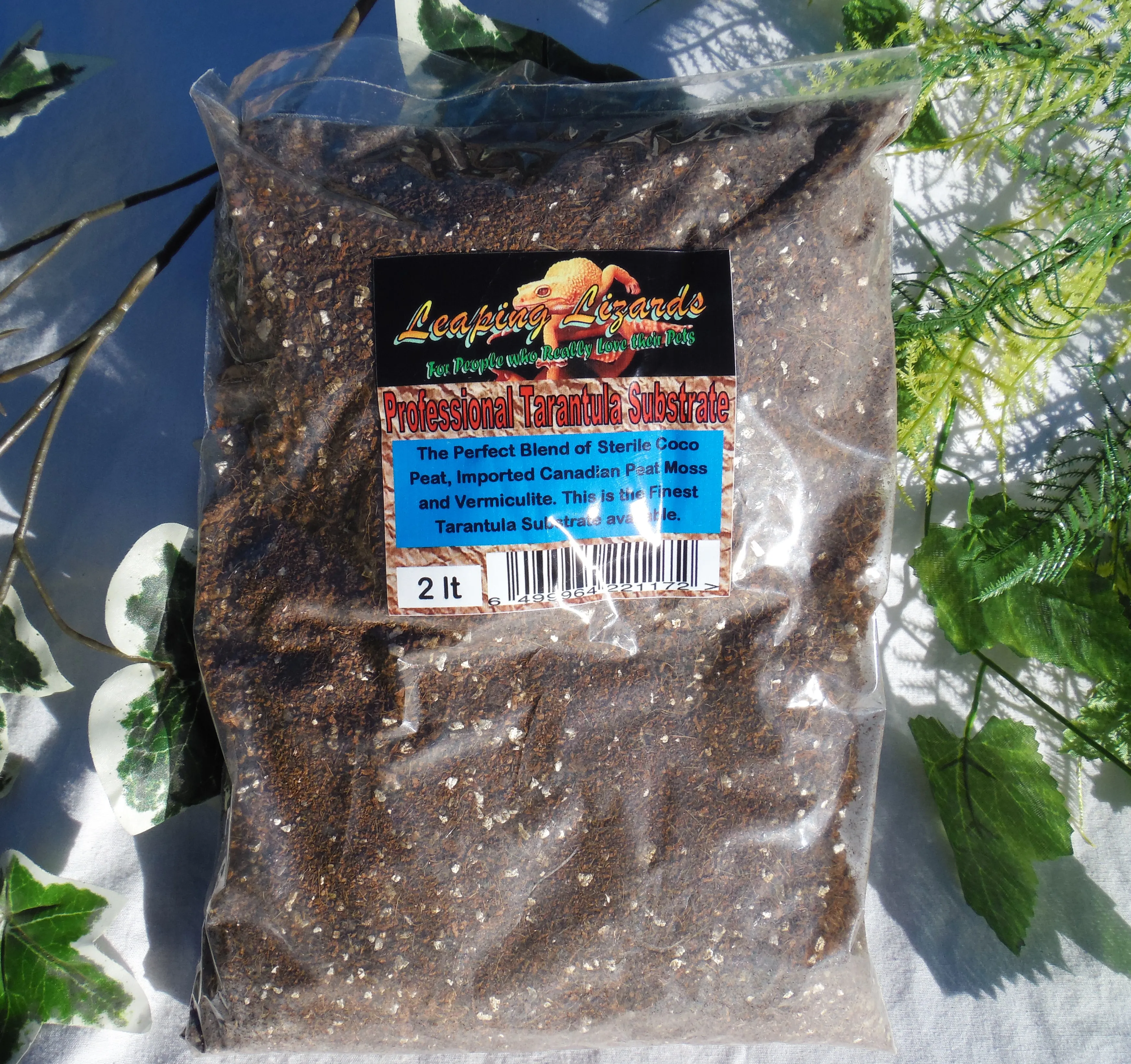
Topsoil, preferably organic and free of fertilizers and pesticides, is a useful addition to a substrate mix. It provides structure and stability to the substrate, making it easier for terrestrial and burrowing species to create and maintain their burrows. It also contributes to the overall aesthetic of the enclosure, providing a more natural look. Topsoil can also help to regulate humidity, though it does not retain as much moisture as coconut fiber or sphagnum moss. It needs to be properly prepared before use to ensure that it is safe for your tarantula.
Benefits of Topsoil
- Provides structure and stability for burrows.
- Contributes to a naturalistic environment.
- Helps to regulate humidity levels.
- Can be sourced locally and affordably.
- Offers a good base for other substrate components.
Considerations when Using Topsoil
- Must be organic and free of fertilizers and pesticides.
- Can compact over time, reducing its effectiveness.
- May require sterilization to remove any potential pests or contaminants.
- May need to be mixed with other components to improve moisture retention.
Other Substrate Options
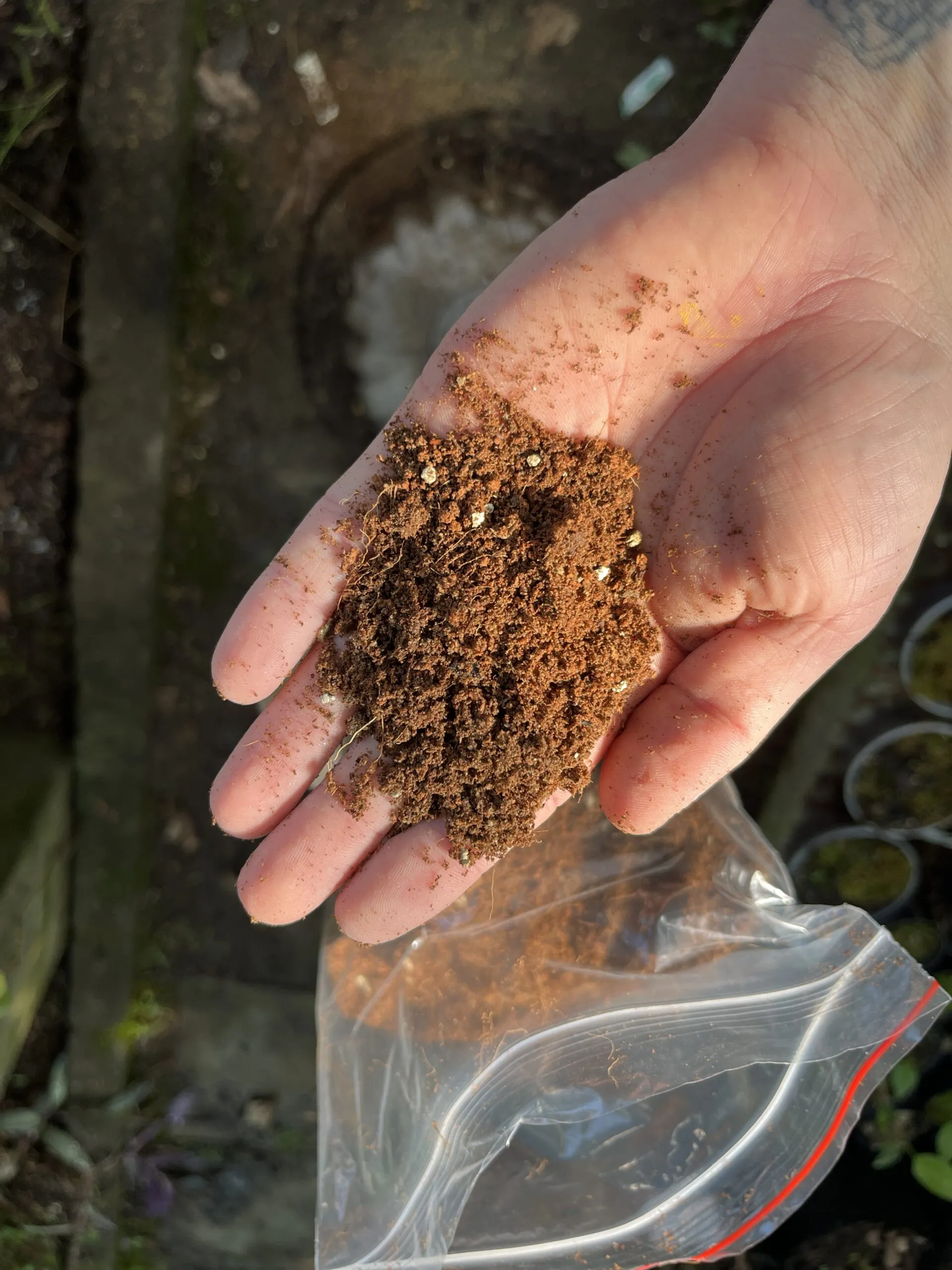
While coconut fiber, sphagnum moss, and topsoil are the core components, other materials can be incorporated to enhance the mix. These additions may offer specific benefits tailored to the needs of particular tarantula species. Experimenting with these can help to fine-tune the ideal substrate mix. Materials like vermiculite and perlite can be used to improve aeration and drainage, while some keepers add a small amount of play sand for certain terrestrial species. The choices depend on the species and the desired characteristics of the enclosure environment.
Vermiculite
Vermiculite, a mineral that expands when heated, is sometimes added to substrate mixes to improve moisture retention and aeration. It can help to prevent the substrate from compacting and provides better drainage. It is particularly useful in enclosures where humidity control is a challenge. However, use it sparingly, as too much can retain excess moisture, potentially leading to mold.
Perlite
Perlite is another mineral that can be added to substrate mixes to improve drainage and aeration. Unlike vermiculite, perlite does not retain water, so it helps to prevent the substrate from becoming waterlogged. It’s a good choice if you need to increase airflow and reduce humidity. Adding perlite helps to prevent compaction in the substrate, making it a good choice for burrowing species. Like vermiculite, use it in moderation.
Creating the Perfect Tarantula Substrate Mix
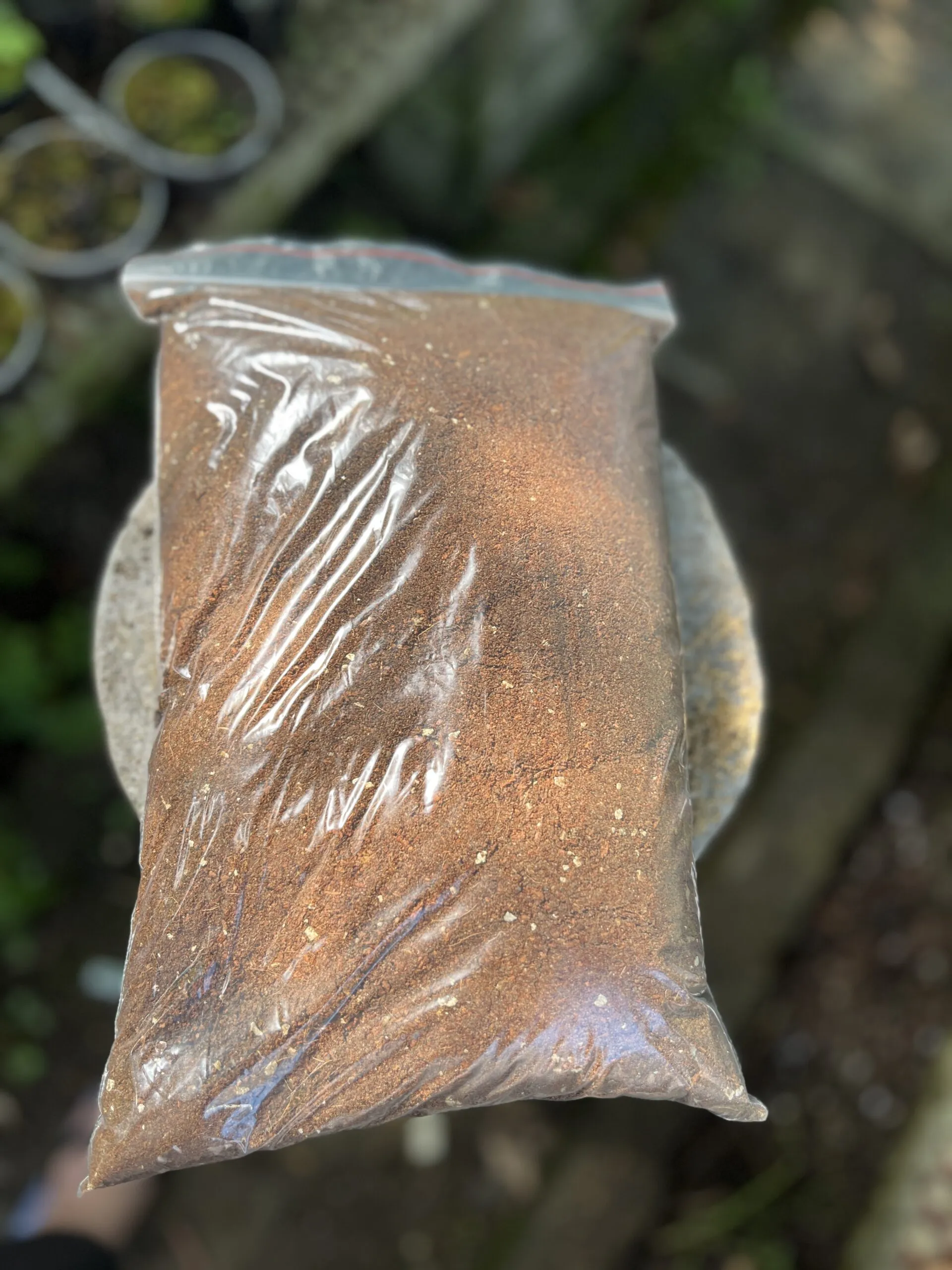
Creating the perfect tarantula substrate mix is about finding the right balance of components to meet your tarantula’s specific needs. The best mix varies depending on the species, their natural habitat, and the environmental conditions you are able to maintain. However, the underlying principles remain the same; prioritize moisture retention, drainage, and structural integrity. Experimentation is key, and paying close attention to your tarantula’s behavior and the condition of the substrate will help you refine the mix over time. The process involves choosing the right components and mixing them in appropriate ratios.
Mixing Ratio Guidelines
Mixing ratios are a starting point, as the ideal ratio will be determined by your tarantula’s species, the enclosure size, and the ambient conditions in your home. As a general guideline, a common mix for many terrestrial tarantulas is a blend of coconut fiber, topsoil, and a small amount of sphagnum moss. A good starting point might be a 60% coconut fiber, 30% topsoil, and 10% sphagnum moss mix. Arboreal species will typically benefit from a slightly more airy mix, such as 50% coconut fiber, 20% topsoil, and 30% sphagnum moss. Always adjust based on observations and the specific needs of your tarantula. Monitor the substrate regularly for moisture levels and adjust the ratios accordingly.
Step-by-Step Mixing Instructions
Follow these steps to create your substrate mix: First, gather all your materials. Then, if using compressed coconut fiber, rehydrate it according to the manufacturer’s instructions. Next, in a large container, combine the components according to your chosen ratio. Mix them thoroughly to ensure even distribution of the materials. Once the mixture is complete, add it to your tarantula’s enclosure, ensuring it reaches an appropriate depth. The depth should be enough to allow for burrowing, typically 2-6 inches, depending on the species. Finally, lightly mist the substrate with dechlorinated water to achieve the appropriate humidity level. Be patient, monitor the results, and adjust the mix based on your observations of your tarantula’s behavior and the overall environment within the enclosure.
Monitoring and Maintaining Your Tarantula Substrate
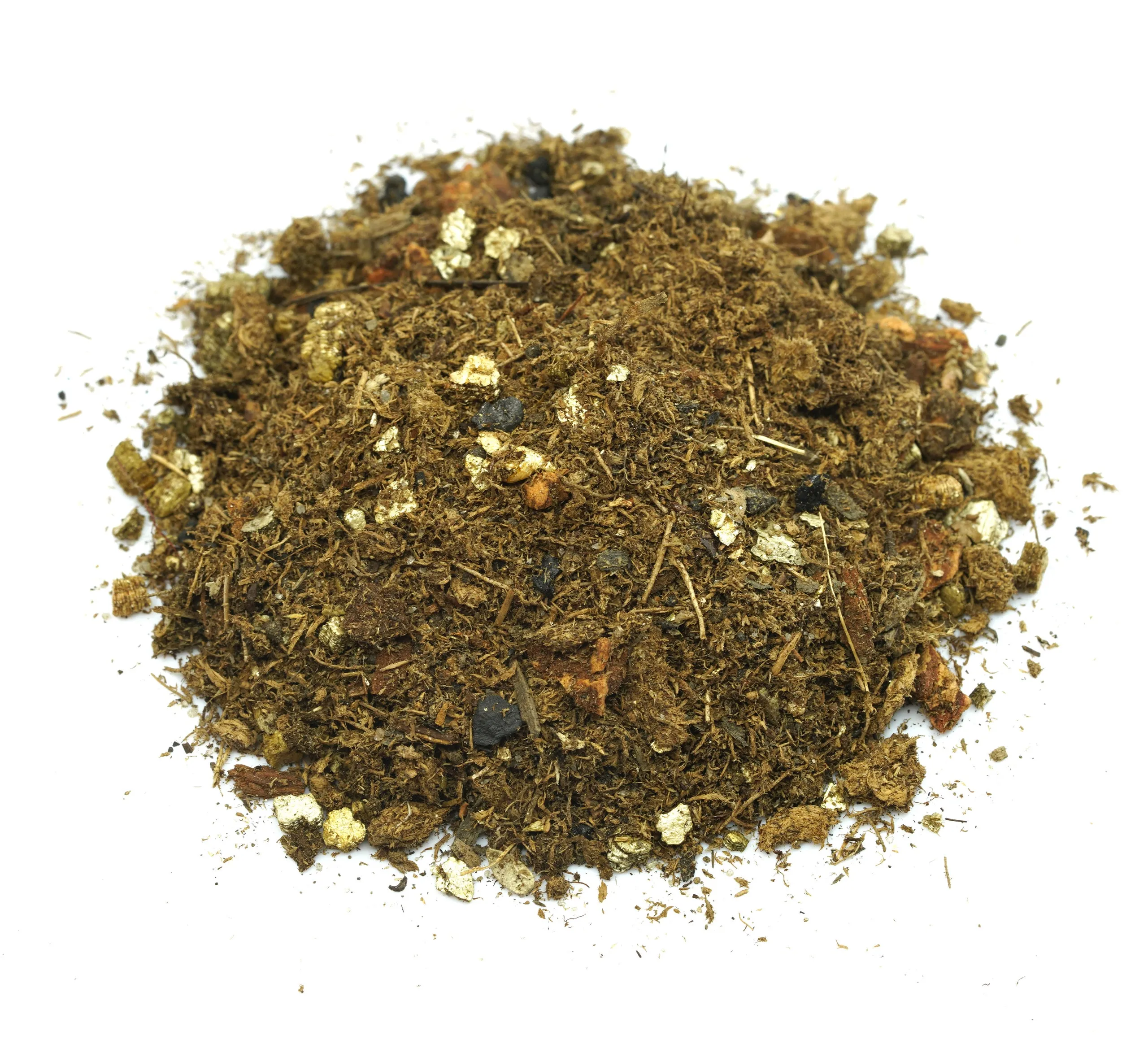
Maintaining the substrate is crucial for the long-term health and well-being of your tarantula. Regular monitoring and maintenance will help to prevent problems like excessive humidity, mold growth, and the buildup of waste. Regularly check the substrate for signs of moisture, mold, and compaction. Proper maintenance includes monitoring humidity levels, controlling mold and mildew, and knowing when to replace the substrate. This will help to ensure a healthy environment for your pet.
Checking Humidity Levels
The humidity requirements of tarantulas vary significantly depending on their species. The best way to monitor humidity is with a hygrometer, a device that measures the relative humidity within the enclosure. A digital hygrometer is easy to read and provides accurate readings. Check the humidity levels daily and adjust ventilation or misting as needed to maintain the correct levels for your tarantula. Many species thrive in humidity levels between 60% and 80%, but some require higher or lower humidity. Observe the substrate; if it’s too dry, increase humidity by misting or adding more water. If it’s too wet, increase ventilation.
Managing Mold and Mildew
Mold and mildew can be a serious problem in tarantula enclosures, especially in humid environments. Regularly inspect the substrate for signs of mold or mildew, which may appear as fuzzy growths or discolored patches. If you see mold, remove the affected area immediately and replace it with fresh substrate. Improve ventilation to prevent mold growth. Avoid overwatering, which can contribute to mold development. Introducing springtails or isopods to your enclosure can also help to control mold and waste. Addressing and preventing mold is vital to maintain the health of your tarantula and its habitat.
When to Replace Substrate
Substrate should be replaced regularly to prevent the buildup of waste, mold, and mites. The frequency of replacement depends on the species of tarantula, the size of the enclosure, and the type of substrate used. A general guideline is to replace the substrate every 6-12 months, or sooner if it becomes heavily soiled or contaminated. When replacing the substrate, carefully remove the old substrate, clean the enclosure thoroughly, and replace it with a fresh substrate mix. It’s often best to spot-clean the substrate periodically, removing any uneaten food or waste, to help extend the life of the substrate.
Selecting the Right Substrate for Your Tarantula Species
The specific substrate needs of tarantulas vary depending on their natural habitat and behavior. Considering the species’ natural environment is crucial when choosing a substrate. Terrestrial, arboreal, and burrowing species each have different requirements for moisture, texture, and depth. Careful research on your tarantula’s specific species is essential for providing the best possible care and ensuring a healthy and happy pet. Understanding these differences will help you create a suitable environment tailored to their needs.
Terrestrial Tarantulas
Terrestrial tarantulas, which live on the ground, generally prefer a substrate that allows for burrowing. A mix of coconut fiber and topsoil is usually a good starting point. The substrate should be deep enough for them to dig burrows, typically around 4-6 inches. Ensure good drainage to avoid the substrate from becoming waterlogged. Maintain moderate humidity levels appropriate for the species, usually 60-75%. A small water dish should always be available, and the substrate should be lightly moistened to keep it from drying out completely. Regular monitoring and maintenance are important to ensure the environment is appropriate for these species.
Arboreal Tarantulas
Arboreal tarantulas, which live in trees, generally prefer a substrate that is less dense than that used for terrestrial species. A mix of coconut fiber and sphagnum moss is often ideal. They don’t require the same depth of substrate as terrestrial species. A substrate depth of 2-4 inches is typically sufficient. Good ventilation is essential to prevent the build-up of excessive moisture. Provide branches, cork bark, or other climbing structures for the tarantula to utilize. Humidity levels should be moderate to high, depending on the species, typically 70-80%. A vertical enclosure is necessary to accommodate their arboreal lifestyle.
Burrowing Tarantulas
Burrowing tarantulas require a substrate that allows them to create extensive burrows. A mix of topsoil, coconut fiber, and a small amount of sphagnum moss is usually the best option. The substrate should be deep, at least 6-8 inches, to allow for burrowing. Ensure the substrate is compacted slightly to provide structural integrity. Maintain moderate humidity levels, typically 65-75%. A water dish is necessary, and the substrate should be kept lightly moist. These species will spend most of their time underground, so providing a deep and stable substrate is critical to their well-being. Regular monitoring and maintenance are still required.
Final Thoughts
Choosing and maintaining the right tarantula substrate mix is crucial for the health and well-being of your pet. Understanding the needs of your tarantula species, selecting appropriate components, and maintaining the environment through regular monitoring are all essential. By following the guidelines in this guide, you can create a comfortable, safe, and enriching environment that supports your tarantula’s natural behaviors and promotes its overall health. Regular research, observation, and careful attention to detail will ensure you’re providing the best possible care for your fascinating arachnid companion. The key to success lies in understanding your specific tarantula and its needs.
